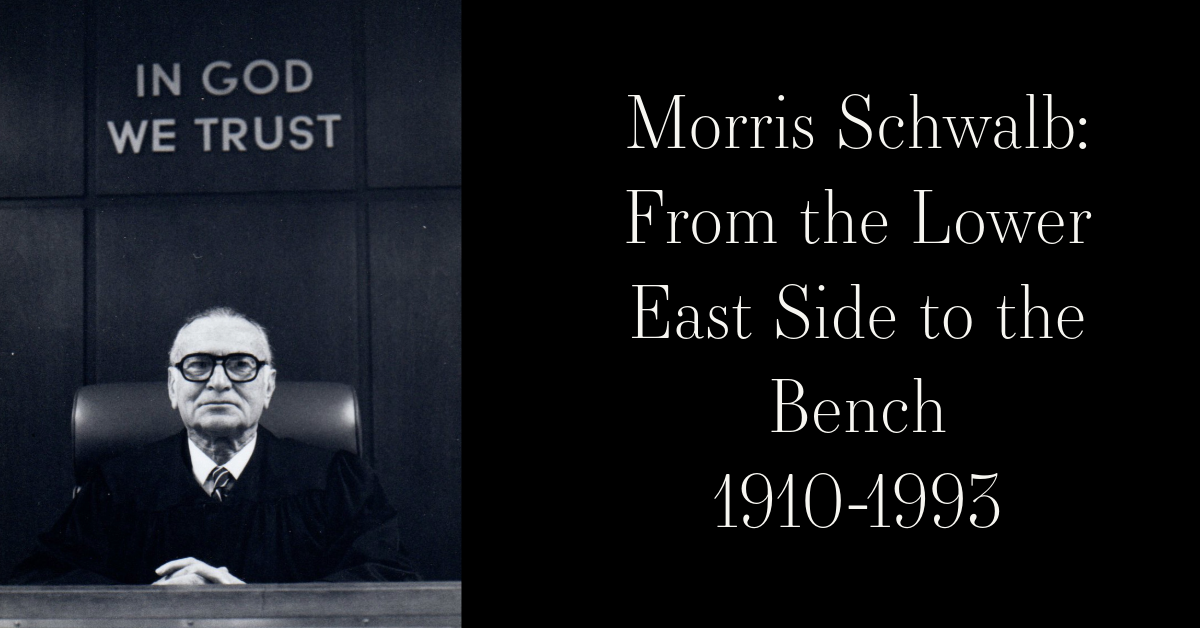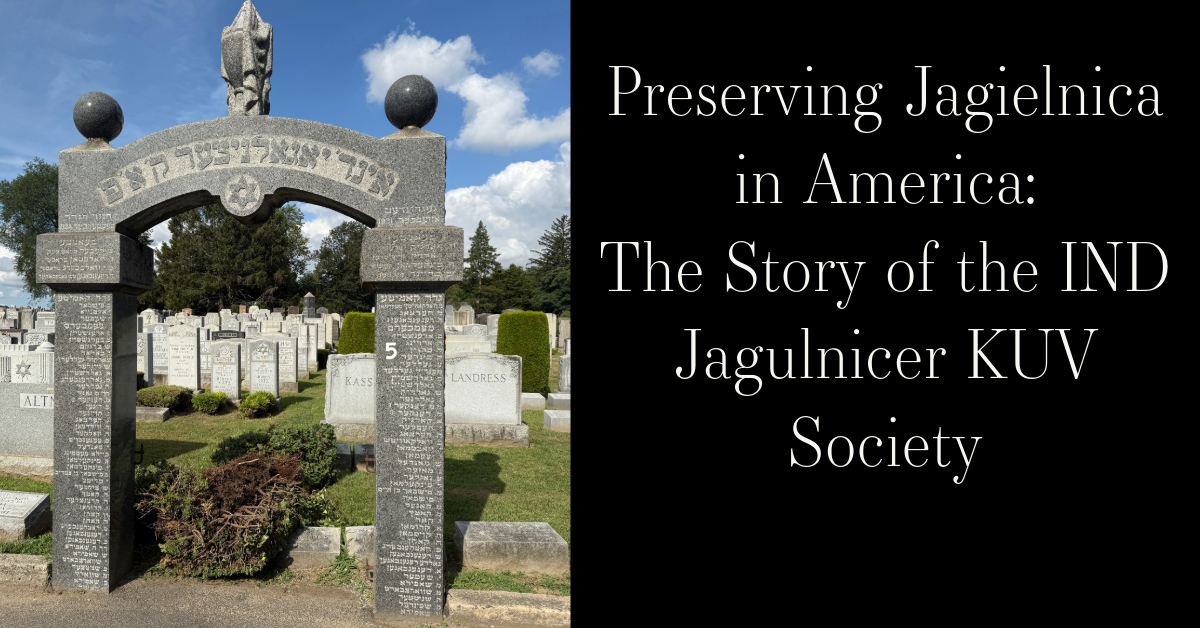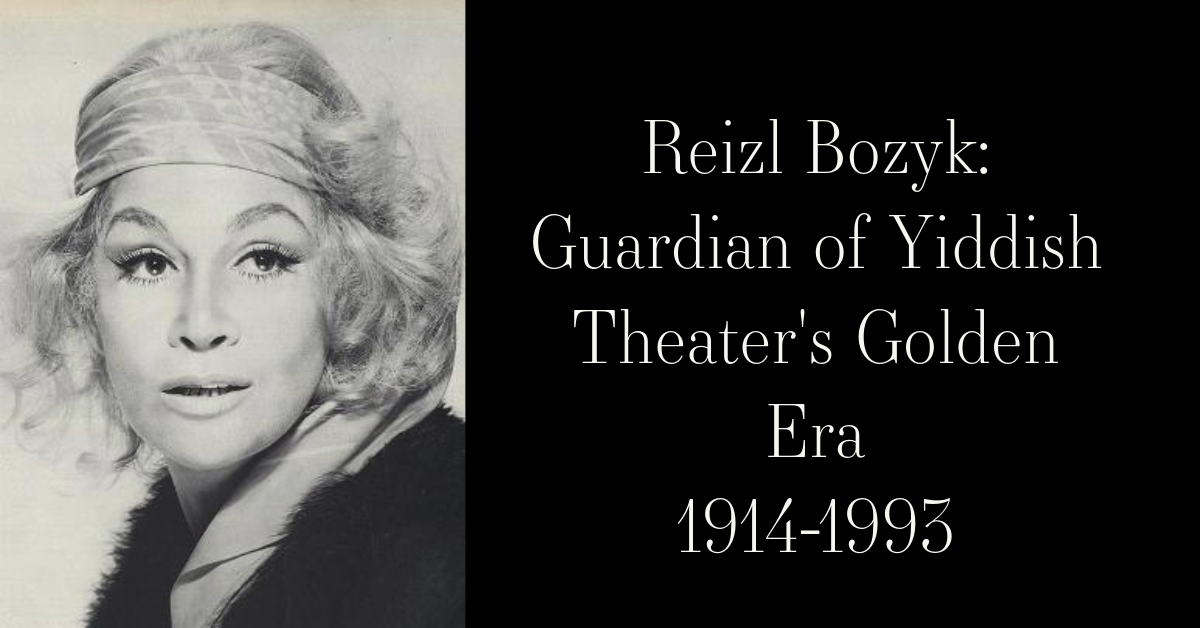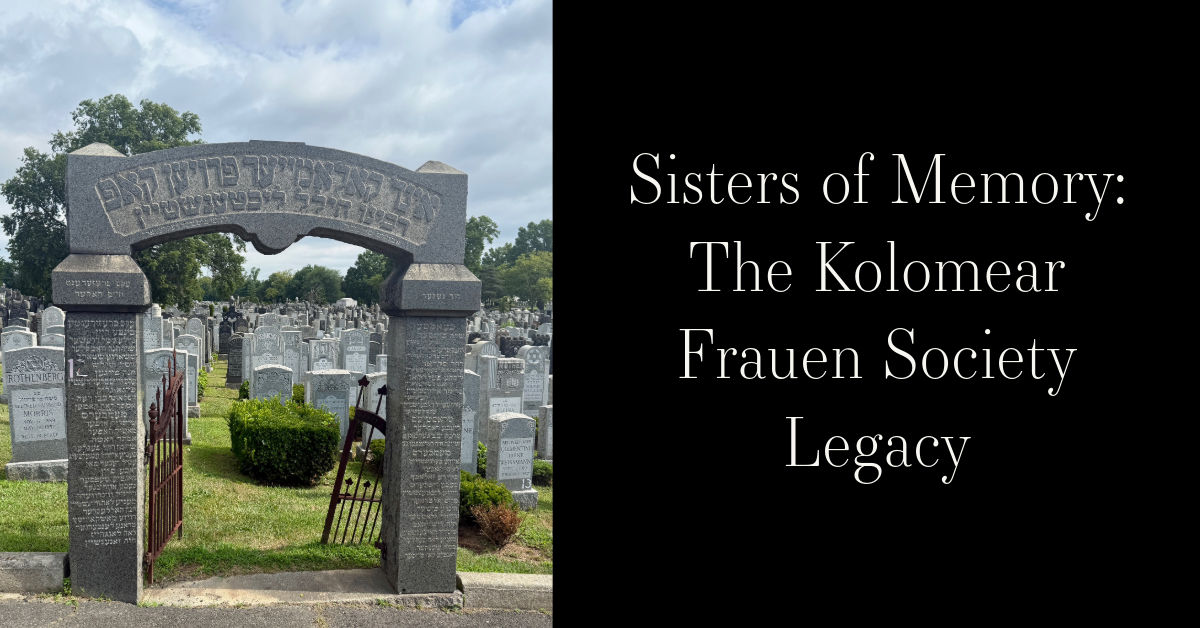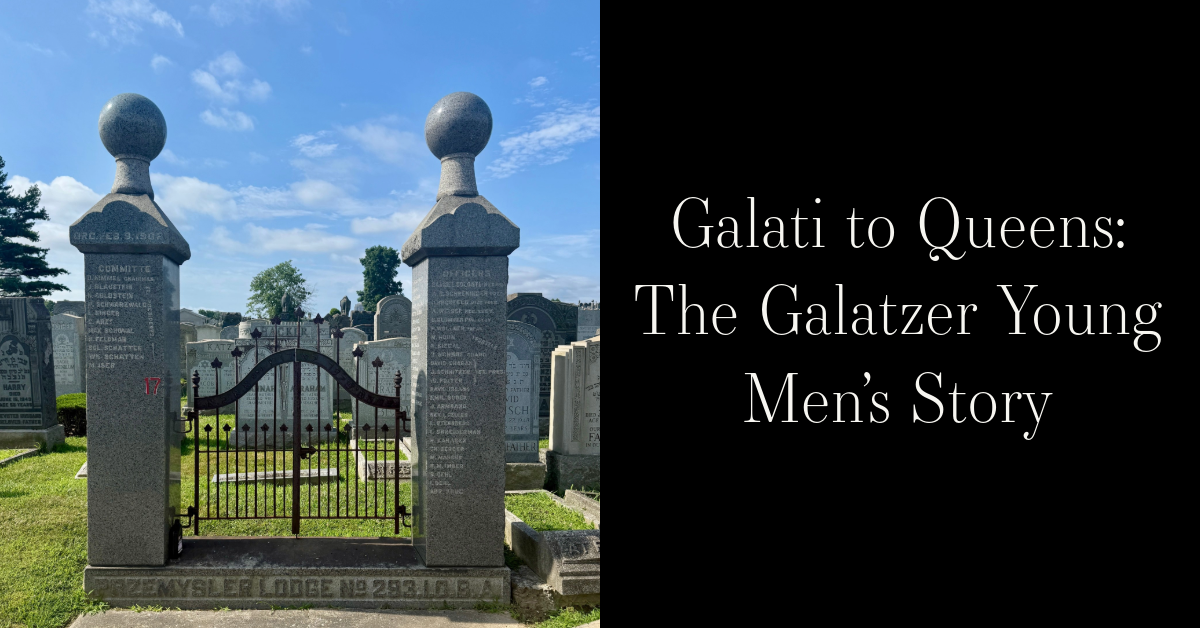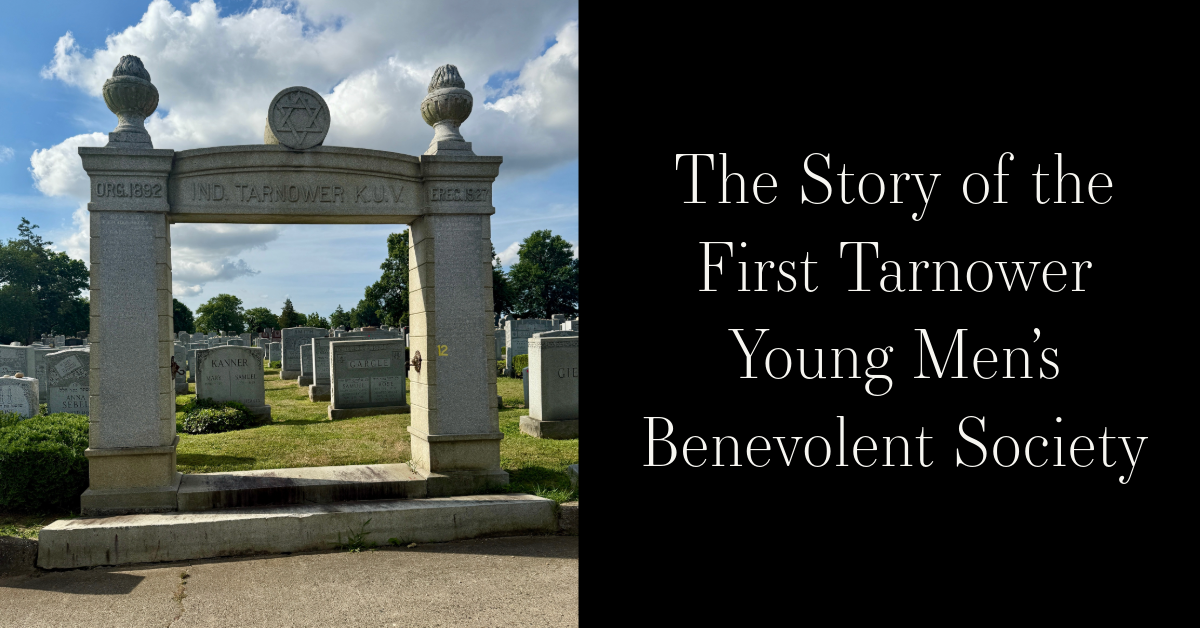Story Summary:
Michael Rabin (May 2, 1936 - Jan 19, 1972) was an American classical violinist renowned and remembered for his talent and his tragic and inspiring story. Rabin was a marvel at the violin from a very young age. He dedicated much of his life to get better at his craft. But, unfortunately, his rising stardom, fame, and lifestyle clashed with his waning health.
~Blog Written by Brandon Castro
Michael Rabin: American Classical Violinist
Michael Rabin (May 2, 1936 - Jan 19, 1972) was an American classical violinist renowned and remembered for his talent and his tragic and inspiring story. Rabin was a marvel at the violin from a very young age. He dedicated much of his life to get better at his craft. But, unfortunately, his rising stardom, fame, and lifestyle clashed with his waning health.

Rabin was born in Manhattan, New York, United States, to a family of musicians. His father, George Rabinowitz, and his mother, Jeanne Seidman, were trained and talented players. Rabinowitz was an accomplished violinist, and Seidman was an experienced pianist.
Rabin’s journey is one filled with tragedy from start to finish. Before he was even born, George and Jeanne had a son named Jay Rabinowitz in December 1924. Jeanne began instructing Jay on playing the piano at a very young age. He developed into a natural pianist. However, Jay grew ill and was diagnosed with scarlet fever early in 1932. He, unfortunately, passed away a few weeks later. Jeanne would lose her father, mother, and first child all within four years. George and Jeanne welcomed their first daughter, Bertine Rabinowitz, and their new son Michael Rabinowitz into the world. The newly filled household granted much-needed relief for the two parents.

The comfortable household and exposure to musical influences incredibly early greatly influenced Rabin. Jeanne shared her gifts on the piano with both her children. He continued practicing the piano but would not discover his passion for the violin until later. During a trip to the country with his family, he found a child’s violin and played with it until it was time to go. George began teaching him how to play. Rabin’s skill exponentially grew after just a few weeks.

Rabin had infinite potential with no ceiling in sight. George searched for a more skilled instructor and found Ivan Galamian, a gifted violinist who had recently moved nearby. Galamian took Rabin under his wing and began teaching him. Rabin would not progress until he had masterfully grasped his section. He would set up his room with an empty bowl and six marbles. After successfully playing a section, he placed a marble until he placed all six marbles back in the bowl. He would allow himself to move on only after placing all marbles in the bowl.

Rabin’s strict discipline and schedule allowed him to practice around six to eight hours a day. In 1946, his instructor Galamian joined the faculty at the Juilliard School. In 1947, Galamian helped Rabin secure a scholarship to the music school. As Rabin was in school, he would begin to show the rest of the world what he could do.
Rabin’s career would catapult in just a few years. He started his professional career in 1947. While attending Juilliard, he began playing with other talents. At age 10, he made his first professional appearance playing with the Havana Philharmonic Orchestra. Despite his short time practicing the violin, he played like an established virtuoso and kept up with the most challenging pieces. Rabin received much deserved praise and continued to impress others at several performances throughout the Northeast.
Just two years later, Rabin launched his recording career debuting on the Columbia Masterworks label. Then in April 1950, at 13 years old, he performed as a soloist with the National Orchestral Association at Carnegie Hall. From his opening moments to the last few notes, the audience was in awe of his superb playing and gave him a standing ovation. Around two months prior, he played a Vieuxtemps Concerto at Carnegie. Loud adoration and critical acclaim surrounded Rabin at any of his appearances.

Rabin breezed through the start of the 1950s with stellar performances and appearances. After his grand impression at Carnegie, he traveled to Cuba and tackled his first international tour, where he performed with the Havana Philharmonic. Sensation, fanfare, and acclaim followed his every move. Director of the Havana Philharmonic, Artur Rodziński, claimed Rabin was marvelous and fantastic with a tremendous future. Local newspapers and outlets were astonished at Michael’s young age.
Rabin’s stock grew considerably. Violinist Zino Francescatti recommended and arranged for Rabin to perform on NBC’s The Bell Telephone Hour program. At age 14, Rabin performed for the nation and left everlasting impressions. His career skyrocketed, and he spent the next few years on the road. A 1951 New York Times article reads, “Mr. Rabin appears to us to have simply everything. He is so completely the master of every technical problem that a passage of superlative difficulty is merely an excitement and a stimulus to him-an additional incentive to make music.” This is just a glimpse into the level of praise Rabin won early on in his career.
It would not be long until Rabin's career faced the ultimate first test. He continued to ride his wave of momentum but began to grapple with criticism and other challenges. In 1952, he began touring full time, starting with a 40-day trip throughout Australia. Mixed reviews, ranging from applause to less positive criticism, met his first few performances. He had accomplished so much at age 16, yet he was learning to deal with his imperfections. Rabin grew accustomed to the never-ending adoration. He felt ashamed and grew annoyed with the critics. Local media became obsessed with the young star and followed him along the tour. His reputation had taken a rough tumble, but he continued.
Rabin was excited to reach back home, where he recommenced his tiring schedule. However, before performing in another Bell Telephone Hour program, he had little time to rest. Rabin traveled to California and played with the Los Angeles Philharmonic. Then, he signed on to record the violin part for the soundtrack of the 1954 film Rhapsody.
Rabin began facing hardships and challenges associated with his lifestyle and health. Life on the road proved difficult for the young man. Rabin began developing medical issues during his time. Medical professionals told him that he was suffering from a nervous breakdown. After falling ill on stage, he had to alter his schedule and slow down. His momentum halted, and his career followed a waning slope.
Anxieties and isolation pervaded the following years. Rabin made sporadic appearances at various shows but nowhere near his once-packed schedule. Finally, after being absent for 4 years, in 1966, he returned to the New York concert stage, performing a recital at Philharmonic Hall. His performance was impressive and worthwhile, showing Rabin still had technical prowess. He occasionally played free performances and concerts at public parks, with one concert at Central Park’s Sheep Meadow, in 1967 bringing around 65,000 riveted listeners.

On January 19, 1972, at age 35, Michael Rabin tragically passed away after sustaining a head injury resulting from a fall in his apartment. Doctors believed that he suffered from an epileptic seizure which caused him to fall. Despite his short life, Rabin accomplished more than most could ever dream. By age 20, he had already won critical acclaim, recorded for a major record label, played at Carnegie Hall, toured across several countries, played for a movie soundtrack, and appeared on national broadcasts. By age 32, his career had already covered almost two decades, and Rabin had garnered immense respect. He logged over 700,000 miles and played for millions of people worldwide. Despite his neurological condition, he pushed through and showed everyone he always had it. Rabin embodied the spirit of perseverance and giving it your all until the very end. His captivating story and treasured legacy immortalize Michael Rabin.
~Blog Written by Brandon Castro









